A lot of communities and cities in Japan and across the globe are exposed to the risk of disasters. This lecture will deal
with the basic concept, technical analysis and integration methods, and planning strategies in relation to planning for community
resilience, mainly focusing on natural disasters.
Each class will be conducted in online English with a lecture, presentations and discussions by students.
The number of students will be limited to around 40 at a maximum. If the enrollment entry exceeds 40, those who have a higher score of TOEIC or equivalent English proficiency test will be accepted. The students in the Global Program will be given priority enrollment.
Each class will be conducted in online English with a lecture, presentations and discussions by students.
The number of students will be limited to around 40 at a maximum. If the enrollment entry exceeds 40, those who have a higher score of TOEIC or equivalent English proficiency test will be accepted. The students in the Global Program will be given priority enrollment.
This course deals with the basic concept, technical analysis and integration methods, and planning strategies in relation
to planning for community resilience, focusing on natural disasters such as floods, earthquakes, tsunamis, and landslides.
- Students will be able to learn the basic concept of planning for community resilience.
- Students will be able to learn about the technical analysis and integration methods of planning for community resilience.
- Students will be able to learn about the strategies of planning for community resilience.
| Class schedule | HW assignments (Including preparation and review of the class.) | Amount of Time Required | |
|---|---|---|---|
| 1. | The new era of catastrophes: Tokyo Bousai | Read the textbook: Chapter 1 | 200minutes |
| Feedback report 1 | |||
| 2. | What is resilience? | Read the textbook: Chapter 2 | 200minutes |
| Feedback report 2 | |||
| 3. | Organizing and connecting through the disaster phases | Read the textbook: Chapter 3 | 200minutes |
| Feedback report 3 | |||
| 4. | Assessing hazard exposure | Read the textbook: Chapter 4 | 200minutes |
| Feedback report 4 | |||
| 5. | Assessing physical vulnerability | Read the textbook: Chapter 5 | 200minutes |
| Feedback report 5 | |||
| 6. | Assessing social vulnerability | Read the textbook: Chapter 6 | 200minutes |
| Feedback report 6 | |||
| 7. | Assessing hazard mitigation plans | Read the textbook: Chapter 7 | 200minutes |
| Feedback report 7 | |||
| 8. | Planner’s toolbox 1: Case studies | Read the textbook: Chapter 8 | 200minutes |
| Feedback report 8 | |||
| 9. | Planner’s toolbox 2: Case studies | Read the textbook: Chapter 8 | 200minutes |
| Feedback report 9 | |||
| 10. | Planner’s toolbox 3: Case studies | Read the textbook: Chapter 9 | 200minutes |
| Feedback report 10 | |||
| 11. | Striving for consistency: Integration methods and strategies 1 | Read the textbook: Chapter 10 | 200minutes |
| Final report & presentation | |||
| 12. | Striving for consistency: Integration methods and strategies 2 | Read the textbook: Chapter 9 | 200minutes |
| Final report & presentation | |||
| 13. | Final presentation 1: Planning for community resilience | Read relevant references | 200minutes |
| 14. | Final presentation 2: Planning for community resilience | Read relevant references | 200minutes |
| Total. | - | - | 2800minutes |
| In-class discussions | Feedback reports | Final report & presentation | Total. | |
|---|---|---|---|---|
| 1. | 5% | 15% | 10% | 30% |
| 2. | 10% | 20% | 10% | 40% |
| 3. | 5% | 15% | 10% | 30% |
| Total. | 20% | 50% | 30% | - |
Final grades are computed as follows:
1. In-class discussions: 20%
2. Feedback reports on each class: 50%
3. Final presentation and report: 30%
Total: 100%
1. In-class discussions: 20%
2. Feedback reports on each class: 50%
3. Final presentation and report: 30%
Total: 100%
Textbook: Jaimie Hicks Masterson, et al. Planning for Community Resilience: A Handbook for Reducing Vulnerability to Disasters.
Island Press, 2014.
Reference: Christine Wamsler. Cities, Disaster Risk and Adaptation. Routledge, 2014.
Randolph, J. Environmental Land Use Planning and Management, Island Press, 2012
Other references are shown as needed each time.
Reference: Christine Wamsler. Cities, Disaster Risk and Adaptation. Routledge, 2014.
Randolph, J. Environmental Land Use Planning and Management, Island Press, 2012
Other references are shown as needed each time.
This course is designed for a student who has been studying urban and regional planning, architecture, environmental studies,
and other related academic fields.
- Lunch break on Thursday.
- Questions by email can be accepted at any time.
E-mail (Prof. Nakamura): nakamu-h@shibaura-it.ac.jp
- Course that cultivates an ability for utilizing knowledge
- Course that cultivates a basic interpersonal skills
- Course that cultivates a basic problem-solving skills
| Work experience | Work experience and relevance to the course content if applicable |
|---|---|
| Applicable | Based on the work experience in the field of Urban and Regional Planning, the basic concept, technical analysis and integration methods in relation to spatial planning for disaster risk reduction can be taught. |
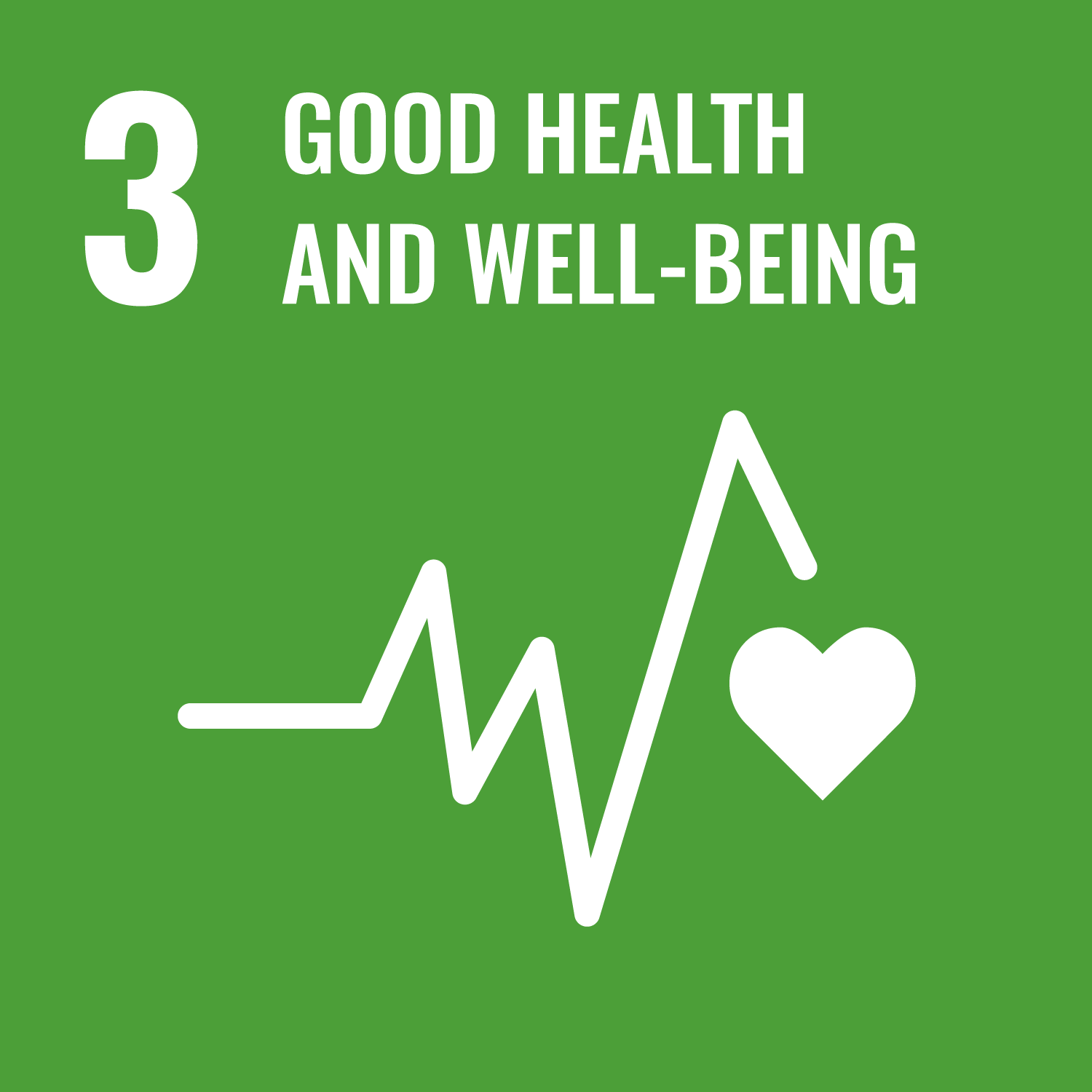
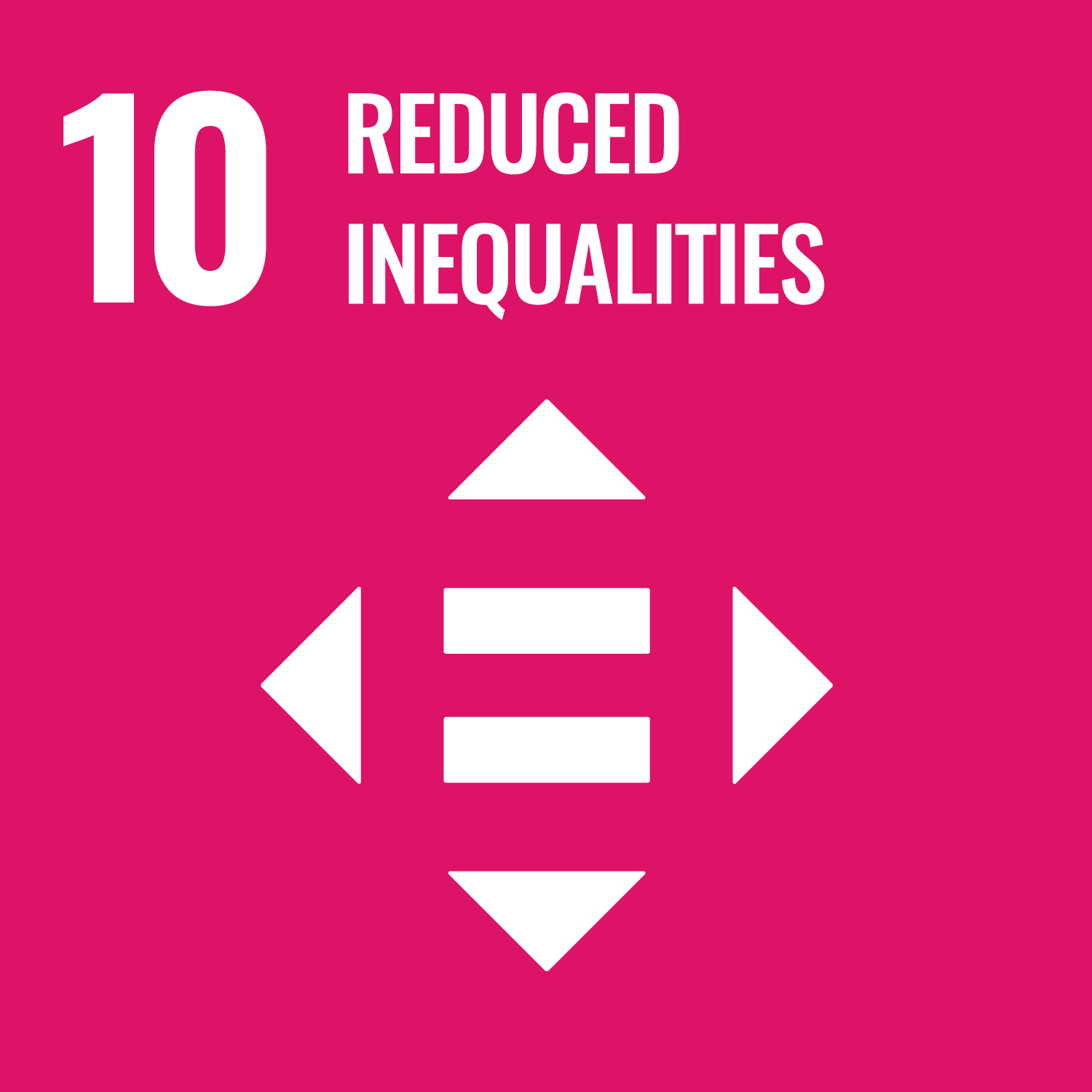
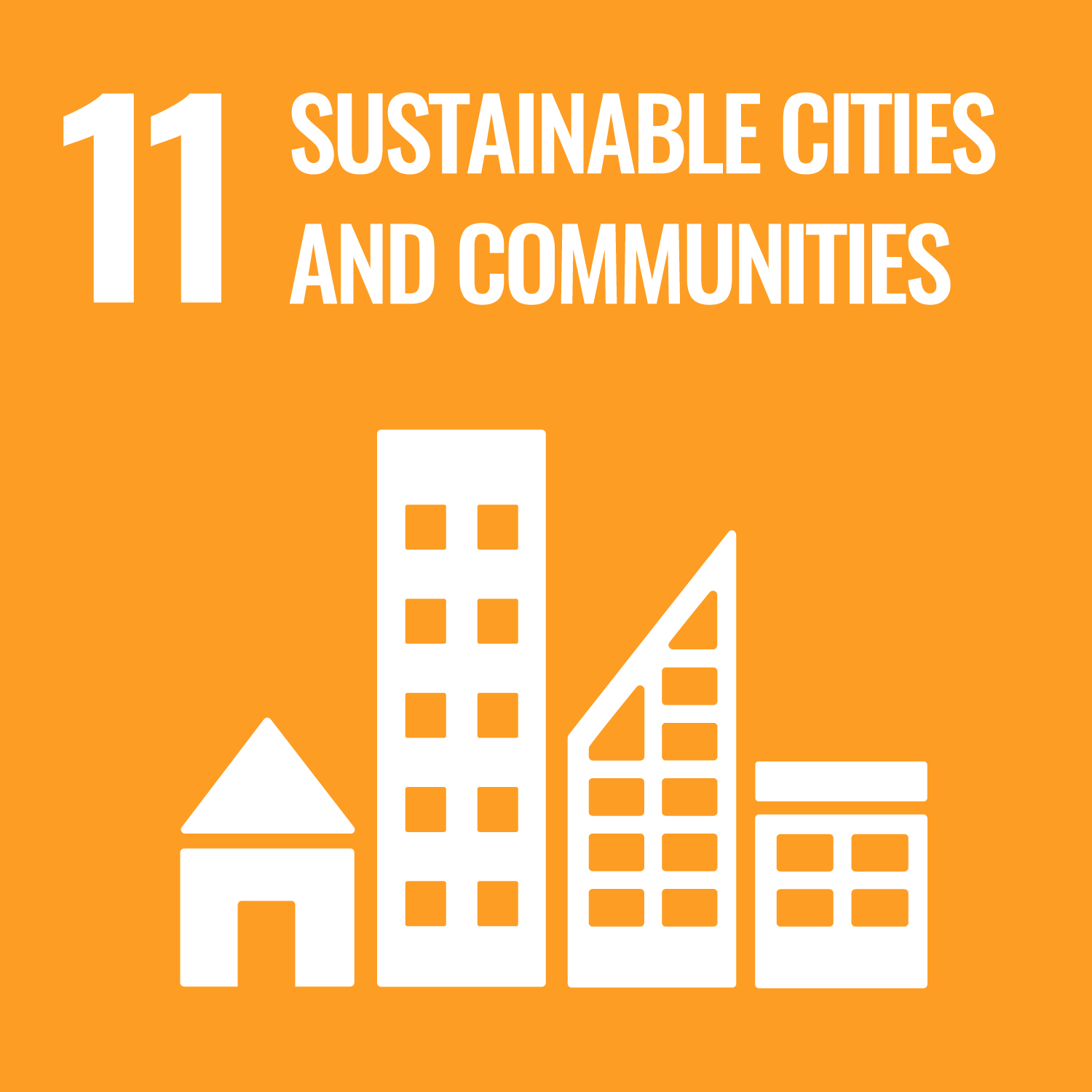
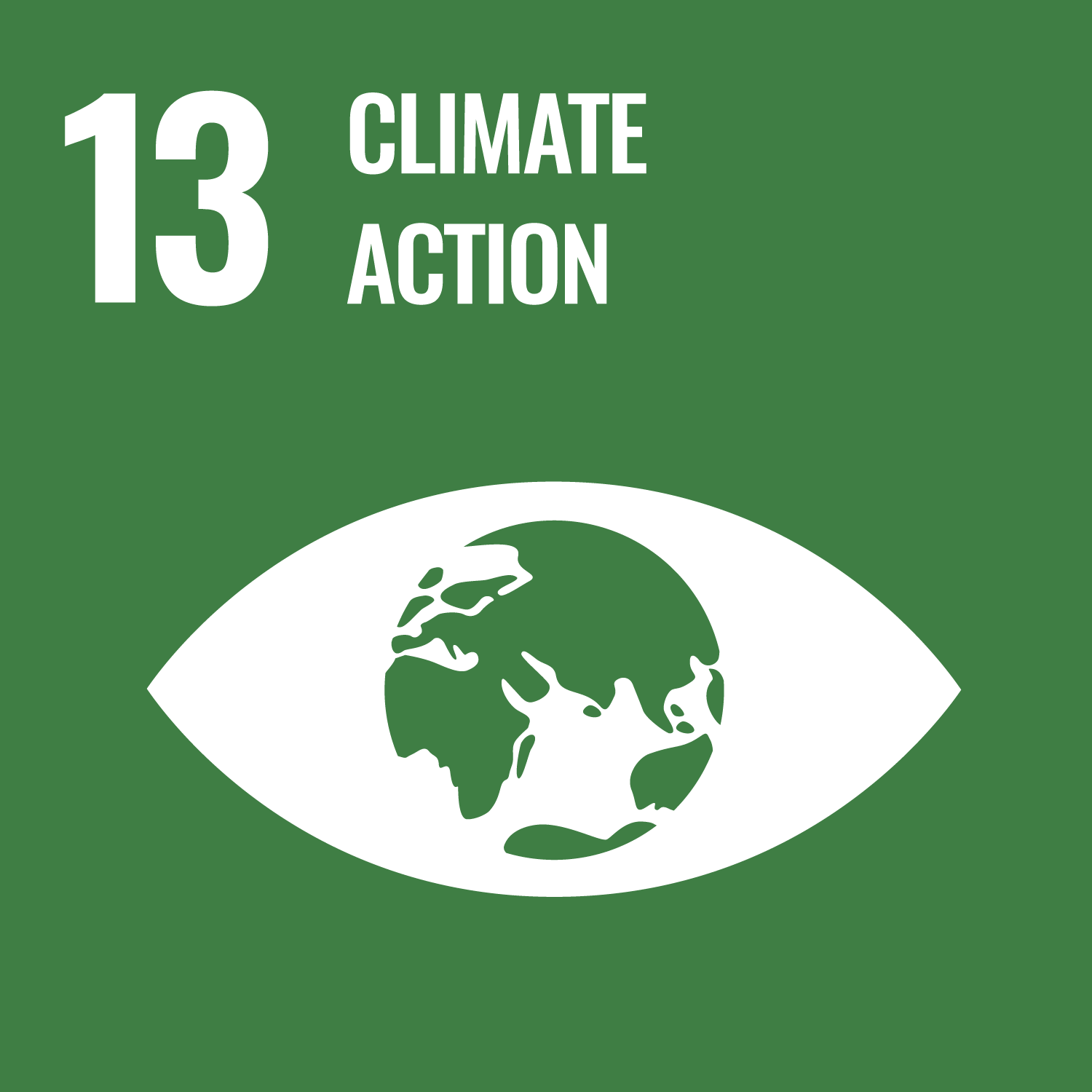
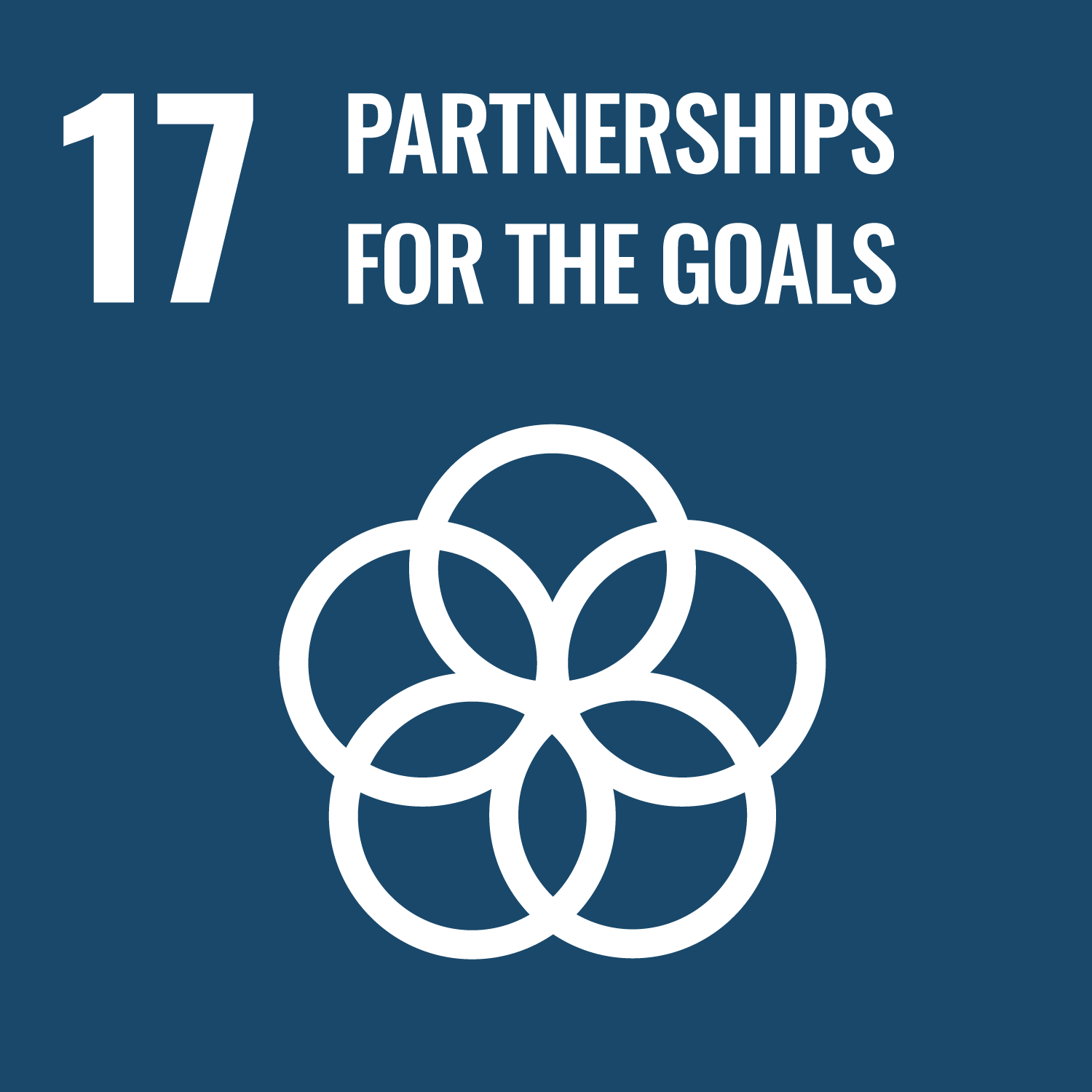
- 3.GOOD HEALTH AND WELL-BEING
- 10.REDUCED INEQUALITIES
- 11.SUSTAINABLE CITIES AND COMMUNITIES
- 13.CLIMATE ACTION
- 17.PARTNERSHIPS FOR THE GOALS
Last modified : Sun Mar 21 15:26:26 JST 2021

